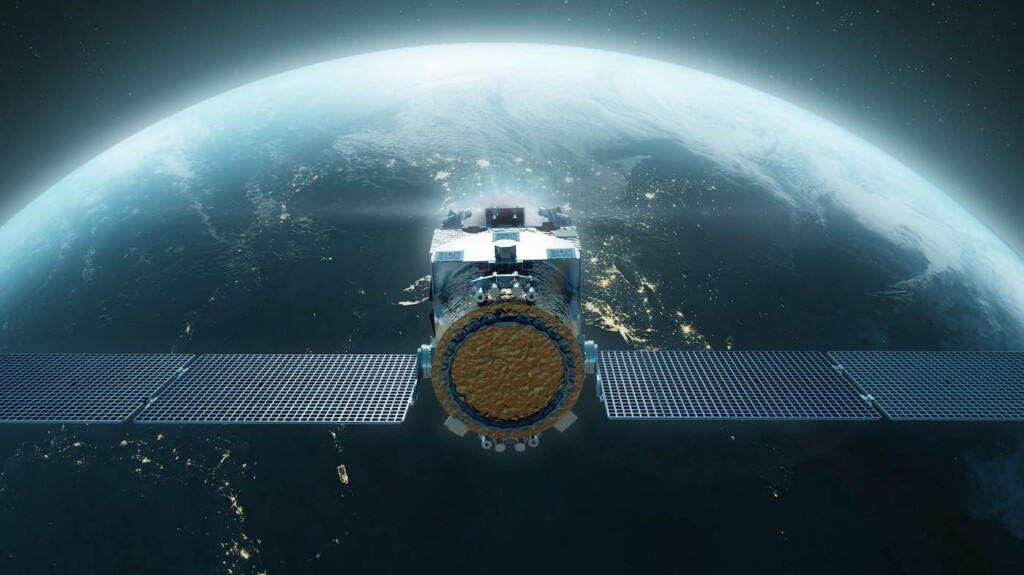US Scientists Are Preparing to Launch a Gas Station Into Space to Provide Refueling

A spacecraft is being built that could orbit the Earth and aid other ships that need a refuel—extending their missions.
The Southwest Research Institute (SwRI) in San Antonio, Texas, will build and test a small demonstration spacecraft as part of a $25.5 million Space Mobility and Logistics (SML) project funded by the U.S. Space Force (which was created in 2019 by Congress to “preserve U.S. space superiority”).
Led by prime contractor Astroscale, the spacecraft, called the Astroscale Prototype Servicer for Refueling (APS-R), will carry hydrazine propellant from a depot—also in orbit—to spacecrafts running low on fuel.
Scheduled to be launch-ready by 2026, the APS-R can service any spacecraft fitted with a compatible refueling port.
“Running low on fuel is a common issue for spacecraft in Earth orbit,” said SwRI Staff Engineer Steve Thompson, the SwRI project systems engineer. “When they have expended all of their fuel, their mission ends — even though the vehicle may be in otherwise excellent health.
“A refueling vehicle can extend those missions, and we can get additional lifetime out of spacecraft that are already in orbit.”
CHECK OUT THIS INNOVATION: NASA May Have Just Cracked the Code for Replacing Lithium in Batteries: ‘Double or even triple the energy’
The APS-R will operate in geostationary orbit around the Earth, meaning it will follow a circular orbit in sync with the Earth’s rotational period of 24 hours.
“Recently, other approaches to life extension have emerged, such as a vehicle that can use its thrusters to push another spacecraft where it needs to go after it runs out of fuel,” Thompson said. “A refueling vehicle broadens life extension options with a flexible alternative.”
Over the next 16 months, SwRI will construct the host vehicle, which is quite small, in the Institute’s new processing facility.
The maximum dimensions are 24-by-28-by-45 inches when stowed for launch, and the total vehicle launch mass weighs just 437 pounds, including propellant.
LET’S HOPE: NASA Unveiled an X-Plane They Hope Will Save Earth
When the host spacecraft is complete, SwRI will integrate the Astroscale-supplied payload and perform system-level environmental testing to prepare the vehicle for launch.
SHARE THE AWESOME INNOVATION With STEM and Space Lovers on Social Media…
>read more at © GoodNews
Views: 3